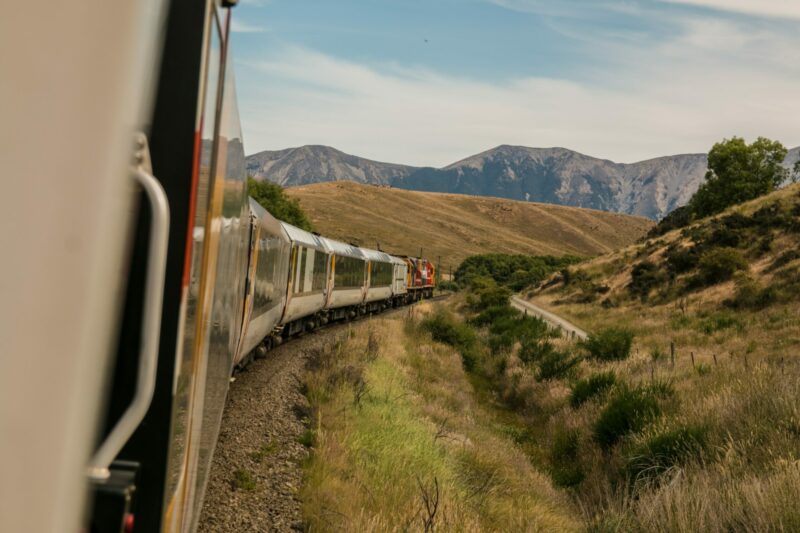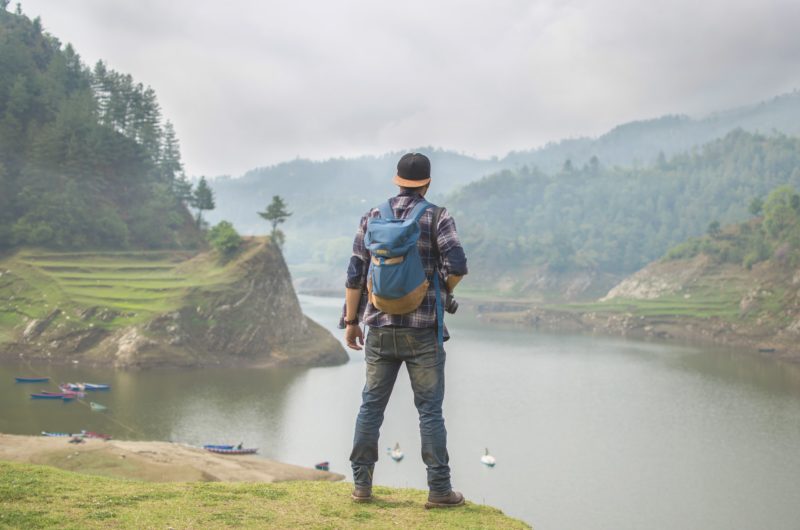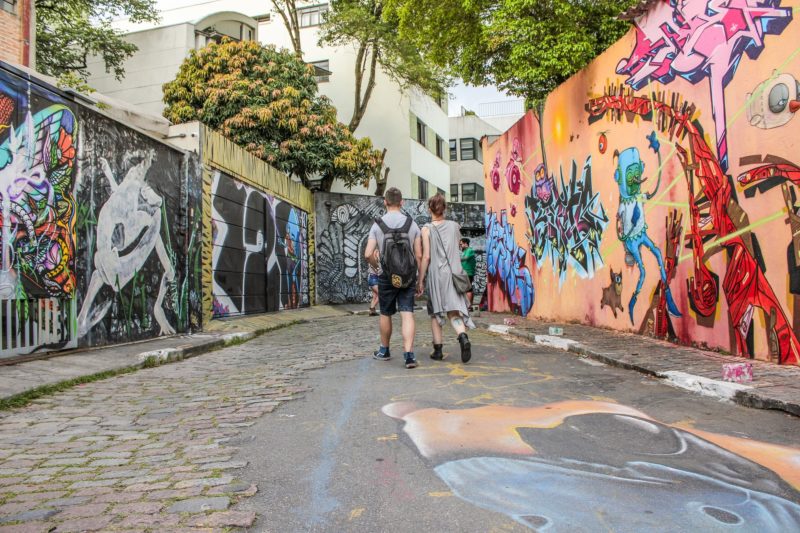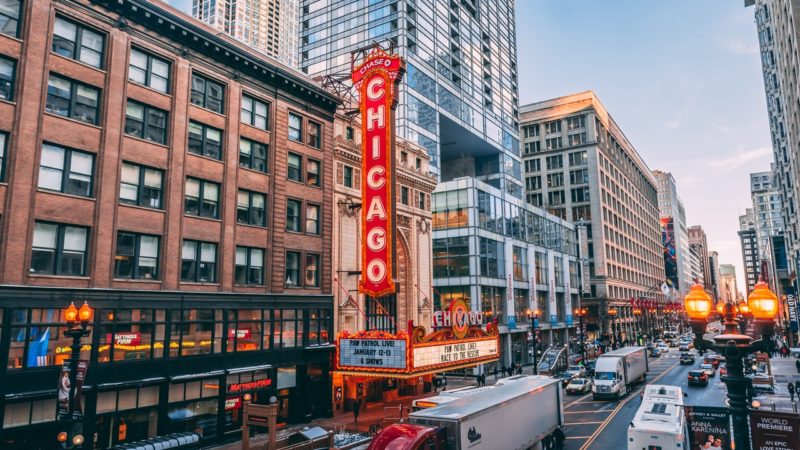The rise of digital nomadism has brought new opportunities for remote workers to explore the world while earning a living. They’ve been granted unparalleled freedom and privilege to live, work, and travel across the globe. However, as they embark on their adventures, we must acknowledge the environmental footprint they leave behind. The consequences of frequent travel, both short and long haul, contribute to our carbon footprint and, in turn, affect the planet.
In this comprehensive guide, we’ll explore various ways to incorporate sustainability into a digital nomad lifestyle. We’ll dive into planning eco-friendly travels, embracing low-impact transportation, responsible consumption, and community engagement. Are you ready to embark on a greener journey? Let’s go!
Planning Sustainable Travel
Choosing Eco-Friendly Destinations
As you set out to explore the world, let’s consider destinations that promote eco-friendly policies and practices. Seek out countries and cities that prioritize environmental conservation, use renewable energy sources, implement recycling programs, and reduce plastic waste. By choosing these destinations, you not only contribute to their sustainability efforts but also learn from their initiatives, which you can adopt in your personal lives. Here is a list of off-the-beaten-path sustainable travel destinations.
Selecting Sustainable Accommodations
Finding a place to stay that aligns with your sustainability goals is essential. Keep an eye out for hotels with green certifications and credentials, as they prioritize energy efficiency, water conservation, and waste reduction, among other eco-friendly practices.
Don’t be afraid to explore alternative accommodation options, like eco-lodges or homestays. They usually offer better prices for long stays, and give you the chance to connect more deeply with local communities. Platforms like Ecobnb or Book Different are great places to look for accommodations that have publicly committed to helping the environment and the communities that surround them.
Coliving spaces can be a great option too as they offer shared common areas, such as kitchens and living rooms, reducing the need for individual amenities and promoting a sense of community among residents.
Rural coliving spaces, while not as widespread as their urban counterpart, are gaining popularity for their potential to attract remote workers and stimulate economic activity in peripheral regions. This is the case of Sende, a coliving and coworking community located in the rural village of Senderiz, Spain. It emphasizes its commitment to sustainability and regenerative living, with features like a permaculture garden, a natural swimming pool, and a focus on reducing waste and energy consumption. Another great example is Coconat, a coworking and coliving space located in the countryside near Berlin, Germany. It provides a peaceful and natural environment, healthy meals made with locally sourced ingredients, and opportunities for outdoor activities like hiking and swimming.
Such initiatives can revitalize rural regions, fostering socio-economic growth and offering digital nomads a harmonious blend of work and life in a serene setting.
Optimizing Your Travel Itinerary
To reduce your carbon footprint, consider staying longer in one place, allowing yourselves to immerse more deeply in the local culture and environment. Slow living and slow travel are conscious efforts to prioritize meaningful experiences over material possessions. By taking the time to see how people live, engage with your community, and spend your money wisely, you not only minimize the impact of frequent travel but also have a more fulfilling experience.
Furthermore, explore regional destinations to cut down on long-haul flights. By discovering the beauty of nearby locations, you can still satisfy your wanderlust while being more conscious of your environmental impact. It’s also a great option if you’re starting your digital nomad life and are not comfortable traveling too far or if you want to test if this lifestyle is right for you.
Low-Impact Transportation

When planning your trip, be mindful of the transportation options available and their environmental impact. For long-haul flights, which are significant contributors to greenhouse gas emissions, look for airlines with carbon offset programs, or do it yourself.
Overland travel, such as trains, buses, and carpooling, are great more eco-friendly, and cost-effective options. Overland travel provides flexibility and freedom, allowing you to explore new destinations at your own pace, change routes as desired, and experience diverse cultures and landscapes more intimately. This flexibility enables you to find ideal work environments, be it a bustling city or a tranquil countryside, all while leaving a smaller carbon footprint.
Once you’ve reached your destination, continue your commitment to sustainable travel by using public transportation or green transportation whenever possible. Embrace walking or cycling to explore your new surroundings. Many cities around the world offer bike-sharing programs, making it easy to explore on two wheels.
Embracing Responsible Consumption
Supporting Local Economy
As digital nomads, you have the unique opportunity to directly support the economies of the places you visit. By working from locally-owned cafes, and buying from local markets and artisans, you not only acquire one-of-a-kind souvenirs and experiences but also help to keep the money within the community and promote sustainable economic growth.
Reducing Single-Use Plastics
Plastic pollution is a major global issue, with single-use plastics being a significant contributor.
Invest in long-lasting, eco-friendly, or reusable products like water bottles, bamboo toothbrushes, metal razors, cutlery, straw, food containers, and shopping bags to minimize plastic waste. In many countries, tap water may not be safe to drink, but water purifiers or filters can be used to ensure you have access to clean water without resorting to plastic bottles. Opt for items with minimal packaging or those packaged in eco-friendly materials.
By making these small changes, you can significantly reduce the amount of plastic waste you generate, set a positive example for other travelers and respect local communities and their homes.
Energy Conservation
Digital nomads rely heavily on electronic devices to work and stay connected. To minimize your energy consumption:
- Be diligent about unplugging devices when they’re not in use or fully charged. This simple act can save a significant amount of energy.
- Use natural lighting whenever possible. Open the curtains and blinds to let sunlight flood your workspace, eliminating the need for artificial lighting during the day.
- Organize your inbox using labels or folders, unsubscribe from unnecessary newsletters and reduce the frequency of receiving promotional emails. This not only lowers the energy required for sending and storing these emails but also declutters your inbox.
- For online data storage, regularly review and delete unused files, as well as compress large files to minimize the energy required for storage and data transmission.
Engaging with the Community
Participating in Environmental Initiatives

While you’re out there chasing adventures, you can also make a difference by joining local environmental initiatives. Here are a couple of ways to contribute:
- Local cleanup events: Keep an eye out for beach or park cleanups organized by local groups or NGOs. Not only will you help keep the environment clean, but it’s also an excellent opportunity to meet like-minded individuals and learn more about local environmental issues.
- Volunteering for conservation projects: Many destinations offer conservation projects, such as wildlife rehabilitation, tree planting, or habitat restoration. Do a little research before you travel, and allocate some time to lend a helping hand. It’s a rewarding experience that will deepen your connection to the places you visit.
- Participating in skill-sharing: Organizations like Nomads Giving Back can partner you with NGOs, social enterprises and non-profit organizations around the world who have specific needs like web design, marketing, or content creation so you can offer your expertise in these areas and support them.
Sharing Your Sustainable Journey
Sharing your sustainable journey is a fantastic way to inspire others to adopt eco-friendly habits, and it also holds you accountable. Here’s how you can document and share your experiences:
- Share your experiences: Share your adventures, the eco-friendly practices you’ve adopted, and the lessons you’ve learned along the way with locals and the people you meet on your journey. Your story can inspire others to adopt a more sustainable lifestyle.
- Participating in speaking engagements or leading workshops focused on sustainable travel and digital nomadism: Great events like Running Remote or The Nomad Escape are the perfect place to share your knowledge and insights. You can educate others about the importance of sustainability and provide them with practical tips for incorporating eco-friendly practices into their nomadic lives.
- Organise meet-ups where you can exchange ideas, experiences, and resources in coworkings that prioritize sustainability:
- Green Spaces located in Denver is one of the most innovative sustainable coworking spaces. It uses more than 160 solar panels on its roof, its members can drink filtered tap water, and enjoy car sharing provided by Zipcar, a partner of Green Spaces. Recycling and composting services are also available in all co-working spaces.
- Impact Hub Madrid was the first coworking company in Spain to achieve B Corp status. The organization is committed to reducing its own carbon footprint and that of its members, and helps companies create or improve their sustainability strategy.
- North Bridge Road Coworking Space located in Singapore was specifically planned and developed with a focus on sustainability. The lighting fixtures installed throughout the building are designed to use minimal energy, while the furniture and equipment are constructed from recycled materials.

Frequently Asked Questions (FAQs)
What is a digital nomad?
A digital nomad is someone who works remotely and has the freedom to travel and work from anywhere in the world using technology. This lifestyle allows for flexibility and the opportunity to explore new places.
Why is sustainability important for digital nomads?
Incorporating sustainability into their lifestyle not only reflects a sense of environmental and social responsibility but also inspires others to adopt eco-friendly practices. As global citizens, digital nomads have the opportunity to lead by example, fostering a collective mindset that values the well-being of the planet and its inhabitants.
How can I become a digital nomad?
To become a digital nomad, you need a job or a source of income that allows you to work remotely. This could be a freelance gig, a remote job, or starting your own online business. You’ll also need a laptop or mobile device and a reliable internet connection. Once you have these, you can start exploring new destinations and living the digital nomad lifestyle.
What if I have no skills to work online?
If you’re interested in becoming a digital nomad but don’t yet have the necessary skills to work remotely, Nomads Skillshare can help you get started. It’s an online platform that offers courses in a variety of digital skills, from web design to content creation, while providing scholarships for local communities to learn from their courses, beginning with Indonesia.
What are some common challenges faced by digital nomads?
Common challenges include finding reliable internet connections, dealing with time zone differences, and managing work-life balance. It can also be challenging to maintain social connections and build a sense of community while constantly on the move.
How can I balance work and travel as a digital nomad?
Prioritizing essential work tasks and establishing a routine can help balance work and travel. Set boundaries and communicate your availability with clients and colleagues. Plan your travel itinerary around your work schedule and prioritize destinations with reliable internet connections. Additionally, take breaks to explore your surroundings and make time for self-care.
How can I find a like-minded community of digital nomads while traveling?
You can join digital nomad groups on Facebook or attend coworking events. Don’t forget to also connect with locals by attending local events and meetups. This can include language exchange events, cultural festivals, and outdoor activities. You can also contact an organization like Nomads Giving Back which informs, inspires, and empowers digital nomads to give back to local communities through meaningful events.


































